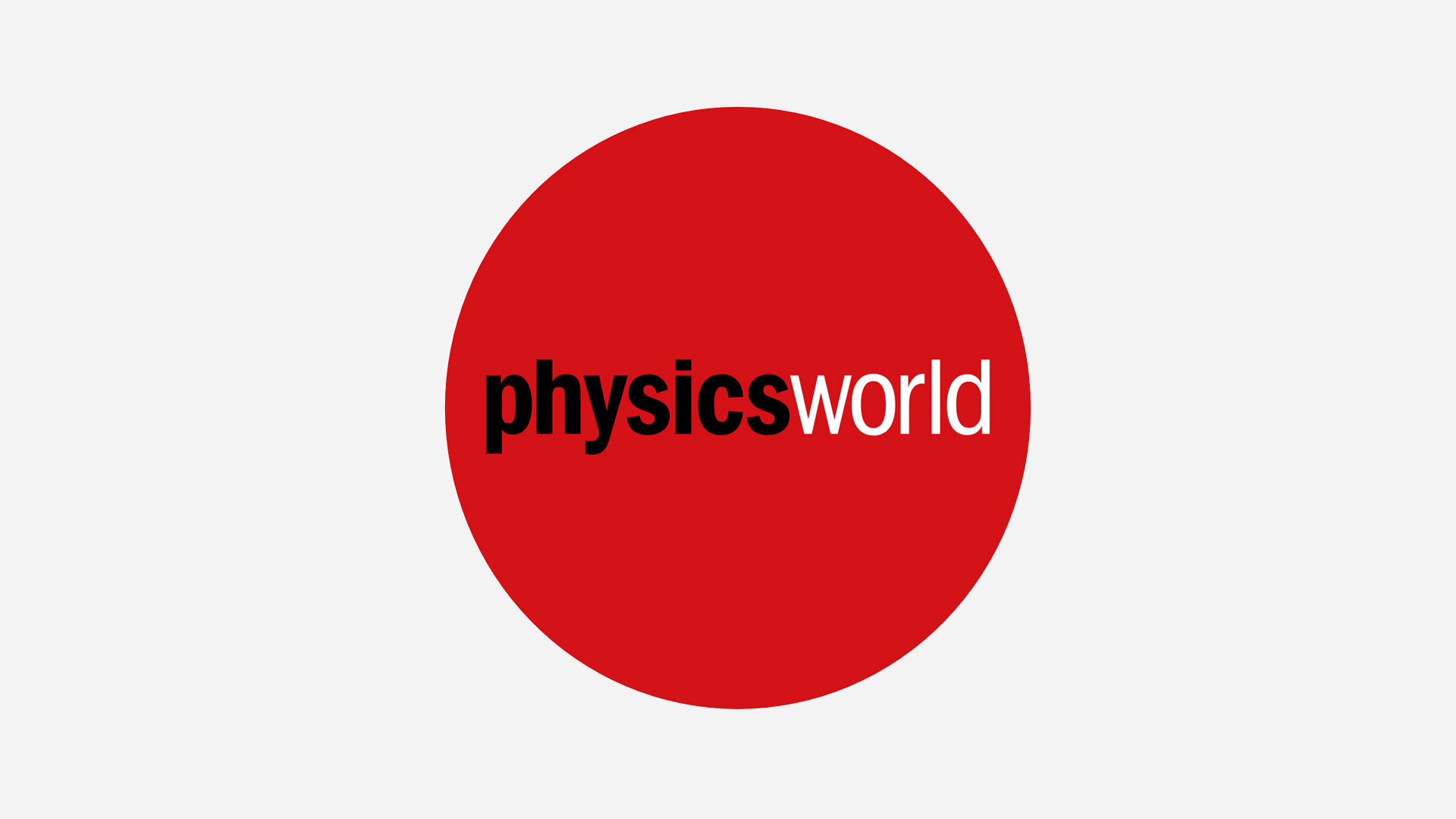Author
Array
(
[0] => linkedin
[1] => facebook
[2] => twitter
[3] => google-plus
[4] => youtube
)
Array
(
[0] => linkedin
[1] => facebook
[2] => twitter
[3] => google-plus
[4] => youtube
)
Array
(
[0] => linkedin
[1] => facebook
[2] => twitter
[3] => google-plus
[4] => youtube
)
Array
(
[0] => linkedin
[1] => facebook
[2] => twitter
[3] => google-plus
[4] => youtube
)
Array
(
[0] => linkedin
[1] => facebook
[2] => twitter
[3] => google-plus
[4] => youtube
)
No Author
Author archive

An earlier report from the National Research Council has already expressed concern that the US may not retain its leadership in science and technology. The report speculated that the supply of foreign researchers moving to the US could dry up as the world’s economy improves. The report concluded that more US students had to be […]

Neptune’s ring arcs were first observed by the Voyager spacecraft in 1984. In the absence of some external source of stability the rings would have been expected to decay within a matter of months. But the three rings – called Liberté, Egalité and Fraternité – are still visible, and it has been assumed that their […]

Supersymmetry is an attractive theory to physicists as it provides a connection between all known elementary particles and can simplify many complex interactions. High energy supersymmetry suggests that instead of two types of basic elementary particles – bosons and fermions – there is just one. It also implies that high-energy physics experiments should detect twice […]

Parisi won the award for his work in a wide number of fields. The official citation highlights “his study of scaling violations in deep inelastic processes (Altarelli-Parisi equations), a model that links supersymmetry and superconductors together, the introduction of multifractals equations into turbulence studies, the stochastic differential equation for growth models for random aggregation (the […]

At the age of two, John Desmond Bernal was taken by his American mother from their farm in Ireland to see his grandmother in California. He amazed other passengers on the steamship by talking in both English and French. Later on, when he was at Cambridge, his fellow undergraduates would nickname him “Sage” because of […]

The Senate has become increasingly vocal about alleged Chinese spying at the Los Alamos National Laboratory (see PhysicsWeb 28 May) and has argued for increased security at the nuclear weapons labs. Bethe – who was also in charge of the Manhattan bomb-project’s theoretical physics division – and the other authors of the letter point out […]

The European satellite organisation Eumetsat will update pictures every 10 minutes of the Moon’s shadow as it rushes across the globe. Meanwhile, the European Space Agency has brought together a wide range of material – including some of the experiments scientists hope to carry out – on their own web site ESA Eclipse99. Although the […]

The solar corona reaches temperatures of 1 million degrees Kelvin, while the Sun’s surface – the photosphere – is only 6000 Kelvin. The researchers used the UV camera on TRACE to create a movie of coronal loops. These are extremely hot magnetic loops that trap the solar plasma into pipe-like forms. Any solar flares near […]

Banin and co-workers used quantum dots made of indium arsenide, covered with a nonconducting barrier of hexane dithiol molecules and linked to a conducting gold film. The radius of the nearly spherical indium arsenide nanocrystals varied between 10 and 40 nm. Electrons tunnel from the gold through the insulating layer to the nanocrystal. The number […]
 Read article: Atom lasers
Read article: Atom lasers
The exotic quantum phenomenon of Bose–Einstein condensation is the key ingredient in a new type of laser that emits atoms rather than photons, and that promises to revolutionize atom optics
Copyright © 2025 by IOP Publishing Ltd and individual contributors

